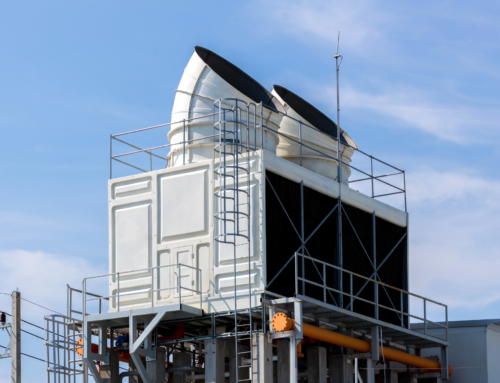Dry Ice Blasting: “Cool” Facts and Who It’s For
Dry ice blasting is a cleaning technique that allows us to clean the most sensitive of areas. Areas and materials that often can’t handle the harshness of cleaning chemicals, application spays and cloths, and a water rinse or even a rinse-less chemical. Pellets of dry ice knock solidified materials off of a surface leaving behind only a pile of the debris knocked free. This cleaning method is environmentally friendly and safe to use on surfaces as delicate as a book page of a three-hundred-year-old book. The process is quite simple, though time-consuming, and yields a completely clean and sanitized result. Here are some cool facts about dry ice blasting and who it is for.
“Cool” Facts About Dry Ice Blasting
- No harsh chemicals are needed to clean off stuck on dirt and grime meaning that it is safe for use indoors as well as on highly sensitive materials.
- We can clean stationary objects without the need to move or completely disassemble them to get to the portion that needs to be cleaned.
- It has disinfecting properties meaning that there is no need to use another cleaner after the dry ice blasting is done. The surface is completely clean, sanitized, and ready for use.
- It actually prevents mold growth on the surfaces that it cleans and it is very effective at cleaning mold and bacterial growth off of affected surfaces without heavy cleaners.
- No drying time is required. The surface is completely dry throughout the entire cleaning process as the dry ice evaporates after contact.
- No residue is left behind from the pellets. The only cleanup will be vacuuming up the debris knocked free by the cleaning.
- It uses pellets that can be made as small as 0.3mm (micro pellets) or 3mm (rice-sized) up to 19mm (3/4 of an inch).
- It can extend the life of equipment.
- It is non-toxic.
Who Uses Dry Ice Blasting for Cleaning?
- Factories with production lines for material or food
- Previously installed machinery
- Items with delicate surfaces
- Electrical equipment
- Historical restoration





